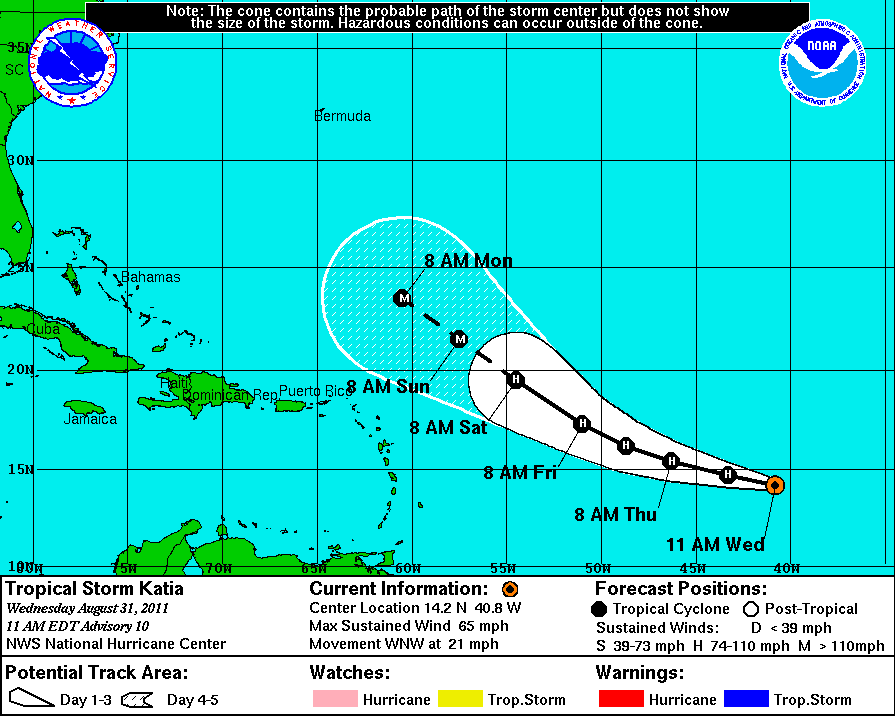

Such extremes are rare, but a hurricane in 1938 raced from Cape Hatteras to Long Island in a matter of hours, at an average speed of 50 mph. A storm with a forward speed of 10 to 15 mph can accelerate to 20, 30 or even 50 mph in extreme cases. Once storms move north of Cape Hatteras, North Carolina, they tend to drastically accelerate due to the area's weather systems. And since the high is a weak system (oftentimes due to a trough in the jet stream), tropical hurricanes can recurve back toward the east, according to NOAA. The exact path of a storm can depend greatly on how far north or south the Bermuda High is at that time. Many tropical storms will skirt around the Bermuda High, enhancing the pattern of moving west, then north. The wind pattern is driven partly by the Bermuda High, a high-pressure ridge that expands and contracts across the Atlantic during the summer months and is surrounded by a clockwise circulation. Closer to the equator, general easterly winds prevail. In tropical latitudes, nearer the equator, prevailing wind patterns push storms toward the west, because of a high-pressure axis called the subtropical ridge, which extends east-west of the storms.

(Hurricanes are fueled by warm water as it evaporates off the sea.) In fact, as storms shift north, they tend to weaken because they move over cooler water. Seasonal weather patterns, strong winds, water currents and temperature also play a large role in directing a storm's path, according to NOAA.

The direction that a tropical hurricane moves in is determined by the storm's surrounding environmental flow and the conditions throughout the depth of the troposphere, or the lower atmosphere located up to about 8 miles (12 km) in altitude. However, it is often difficult to know for certain whether a hurricane will head back out to sea, or when, or how sharp the recurvature will be, according to the National Oceanic and Atmospheric Administration (NOAA).


 0 kommentar(er)
0 kommentar(er)
